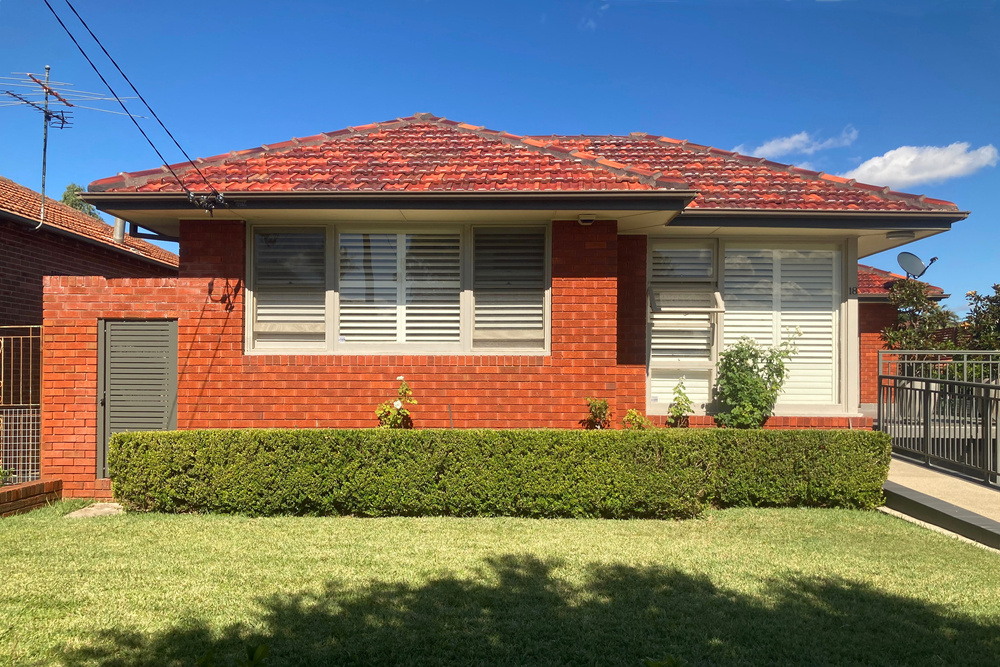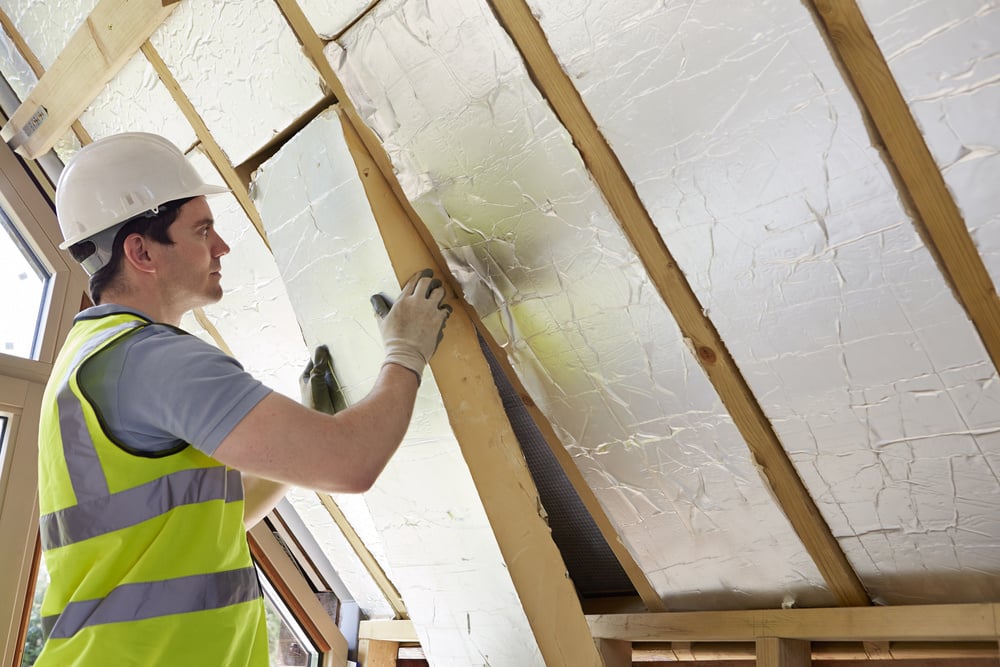
Jul
Homeowner’s Guide to Roof Sarking
In a city like Brisbane that’s regularly hit by severe thunderstorms, heavy rainfalls, and striking sunshine, your roof has an important role to play in protecting your home from damage.
A key element to a sturdy and resilient roof is roof sarking. In this article, we’re exploring roof sarking, how it works, its benefits, and costs. This will help you determine if it’s the right choice for insulating your home.
What is Roof Sarking?
Roof sarking is a protective membrane that is installed under a metal or tile roof. It’s an aluminium sheet that acts as a lining, protecting your roof cavity and your home from moisture, heat, and wind.
Made with a reflective layer on both sides, sarking helps reflect the sun’s heat away from your home, improving its overall insulation. Sarking is also waterproof, helping to improve your roof’s water tightness and protect your home from leaks.
Roof Sarking vs Insulation
If you’re wondering whether sarking and insulation are the same, the answer is no. There are important differences, even though they both contribute to the overall thermal performance and weather protection of a building. Sarking is a pliable, reflective foil laminate that is installed beneath the roof covering. Its primary functions are to act as a secondary barrier against water ingress, reduce condensation, and provide some level of thermal resistance by reflecting radiant heat.
Insulation, on the other hand, refers to materials specifically designed to reduce heat transfer within the building structure. It is typically installed in the walls, floors, and ceiling spaces and comes in various forms, such as batts, rolls, or loose-fill. Insulation's main purpose is to maintain a stable indoor temperature by slowing down the transfer of heat between the inside and outside of a building.
While both sarking and insulation improve energy efficiency and comfort, they serve distinct roles and are often used together to achieve optimal thermal performance and protection.
Who needs Roof Sarking?
Roof sarking is essential for homeowners and builders looking to enhance the durability and energy efficiency of their properties. It is particularly beneficial in regions prone to extreme weather conditions, such as heavy rain, strong winds, or intense heat.
Sarking acts as an additional protective layer beneath the roof covering, providing improved insulation and reducing the risk of water ingress, which can lead to structural damage and mould growth. It is also valuable for homes in bushfire-prone areas, as it helps prevent ember attack.
Roof sarking can improve the overall thermal performance of a building, making it a smart choice for those aiming to create a more energy-efficient and comfortable living environment.
Benefits of Roof Sarking
Weather-Resistant Barrier
One of the primary advantages of tile or metal roof sarking is its ability to act as a weather-resistant barrier. It effectively prevents wind-driven rain and dust from penetrating the roof space, which is especially beneficial in regions prone to extreme weather conditions. By providing this extra layer of protection, roof sarking minimises the risk of water damage, mould growth, and deterioration of the roof structure, thereby extending the life of the roof.
Enhanced Thermal Insulation
Another significant benefit of roof sarking is its contribution to thermal insulation. The reflective properties of many sarking materials help to reduce the amount of radiant heat entering the building during hot weather. This leads to a cooler indoor environment, reducing the reliance on air conditioning systems and subsequently lowering energy consumption and utility bills. During colder months, roof sarking helps to retain heat within the building, enhancing overall energy efficiency. This dual function of roof sarking in regulating temperature makes it a valuable component in achieving sustainable and energy-efficient buildings.
Improved Structural Integrity
Roof sarking also plays a crucial role in enhancing the overall structural integrity of the roof. It provides additional support to the roofing materials, helping to hold them in place during strong winds and storms. This reinforcement can prevent tiles or metal sheets from dislodging, reducing the likelihood of costly repairs or replacements.
Roof sarking serves as a secondary defence line against embers and sparks during bushfires, offering an added layer of fire resistance. This is particularly important in fire-prone areas where building codes often mandate the use of sarking to improve safety.
Aesthetic and Acoustic Benefits
In addition to its protective and insulating functions, roof sarking can improve the overall aesthetic appeal of a property. By preventing dust and moisture from infiltrating the roof space, it helps to maintain a clean and neat appearance of the ceiling and walls inside the building. This can be particularly beneficial in properties with open ceilings or exposed beams, where the underside of the roof is visible. Roof sarking can contribute to noise reduction by dampening the sound of rain or hail hitting the roof, creating a more comfortable and quieter indoor environment.
How much does Roof Sarking Cost?
The cost of roof sarking in Australia varies depending on the type, weight, and thermal efficiency of the material. On average, the price ranges between $2 and $3 per square metre. A typical 60 x 1.35-meter roll of sarking costs between $180 and $300. For specific products, such as foil-backed roofing blankets, prices can start at around $8.10 per square metre.
Installation costs can also vary based on whether the sarking is installed during new construction or as a retrofit to an existing roof. Installing sarking during the initial construction phase is generally more cost-effective and ensures better integration with other building materials. Retrofitting sarking on an existing roof can be more expensive due to the additional labour required to remove and replace roof materials.
For a more precise estimate tailored to your specific needs, we recommend consulting with professional roofing contractors like Roo Roofing.
Summing Up
Whether you are building a new home or considering upgrades to your existing roof, roof sarking offers numerous benefits, including enhanced weather protection, improved thermal insulation, compliance with building regulations, and increased structural integrity.
If you’re ready to install sarking in your home, then talk to us. Our team of qualified and experienced roofing specialists can provide advice on the best roofing insulation solution for your home. Contact us today.



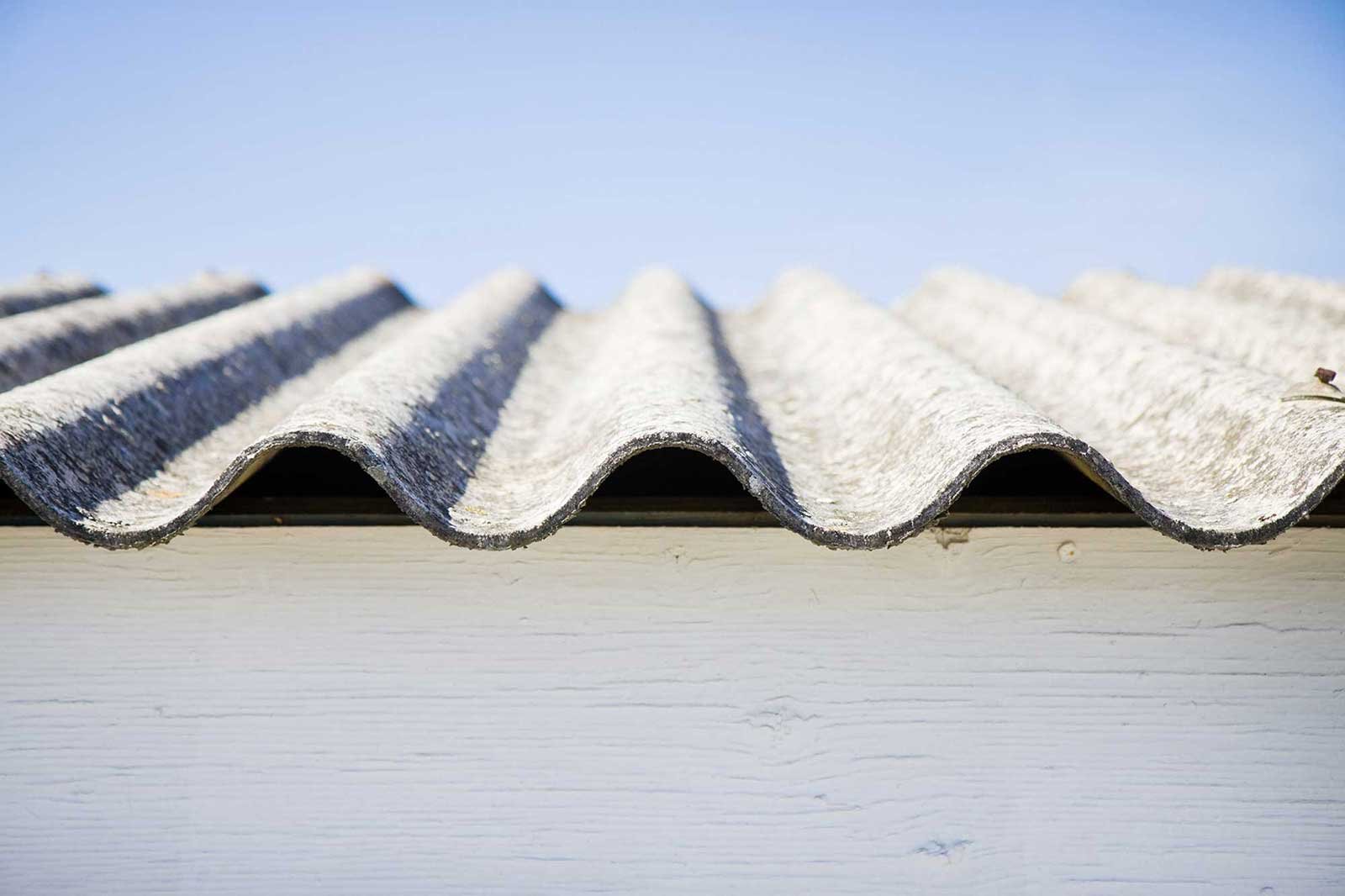




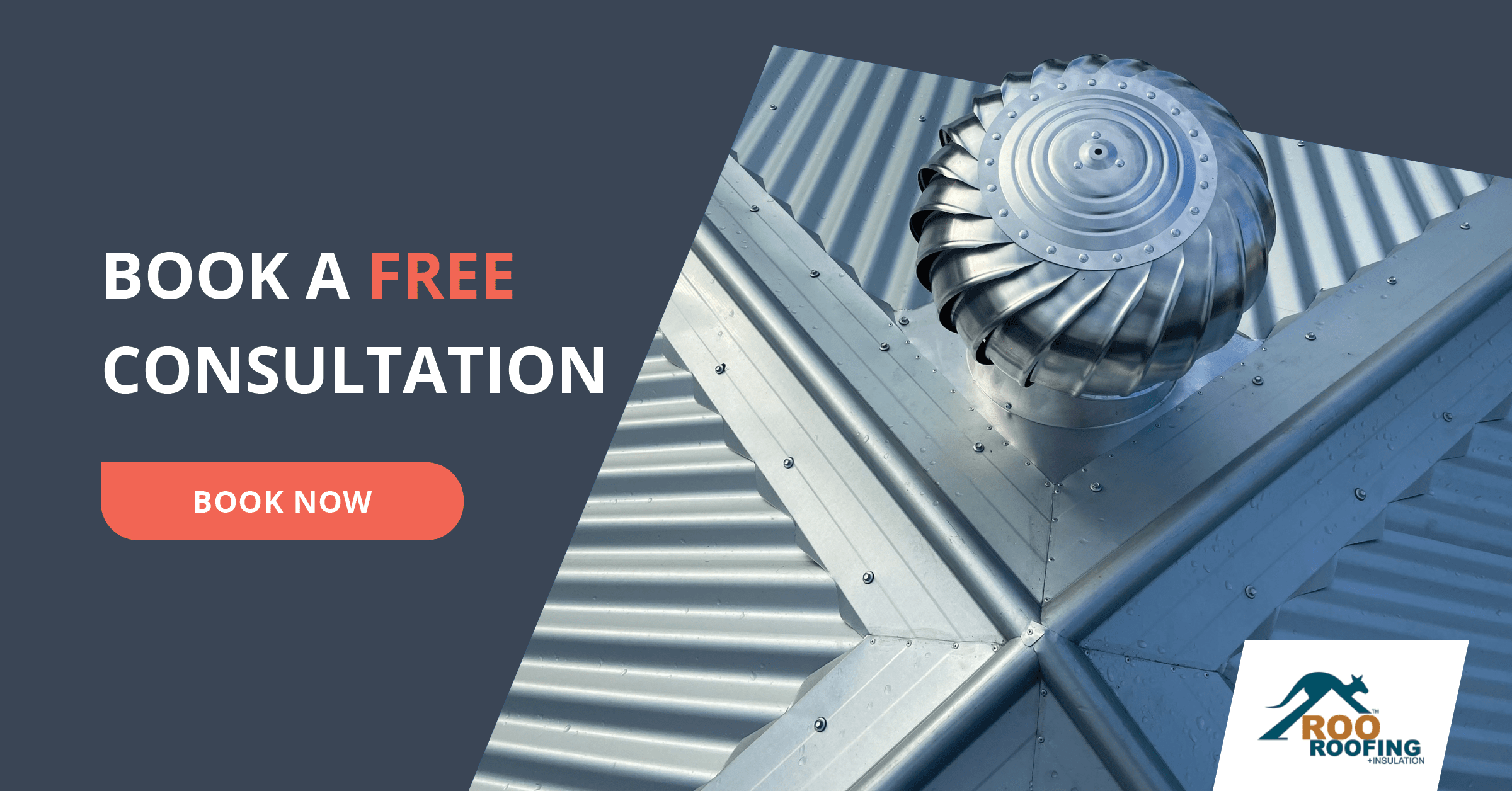
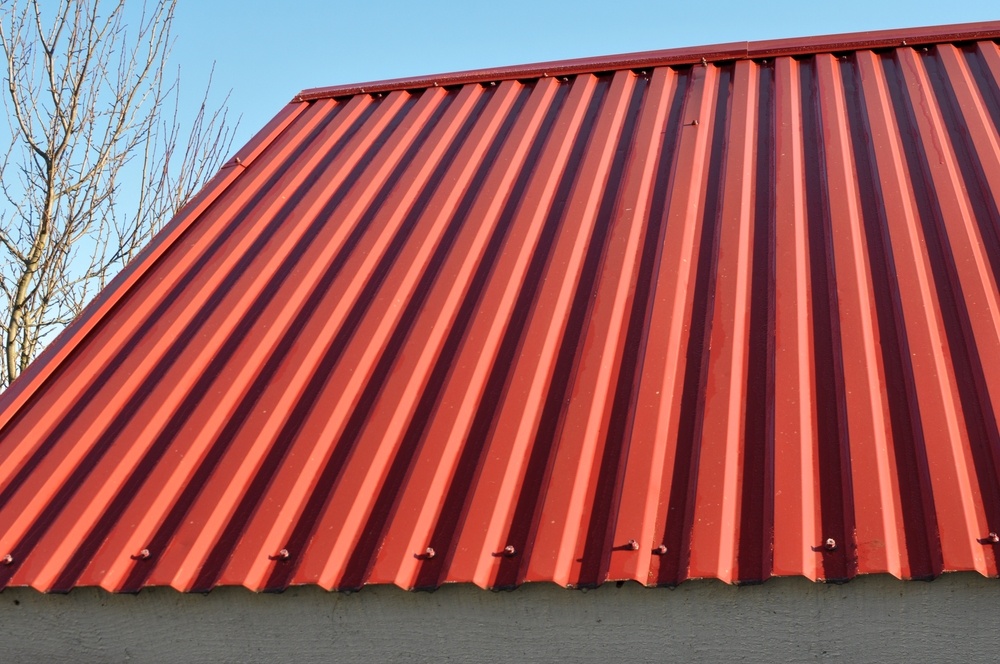
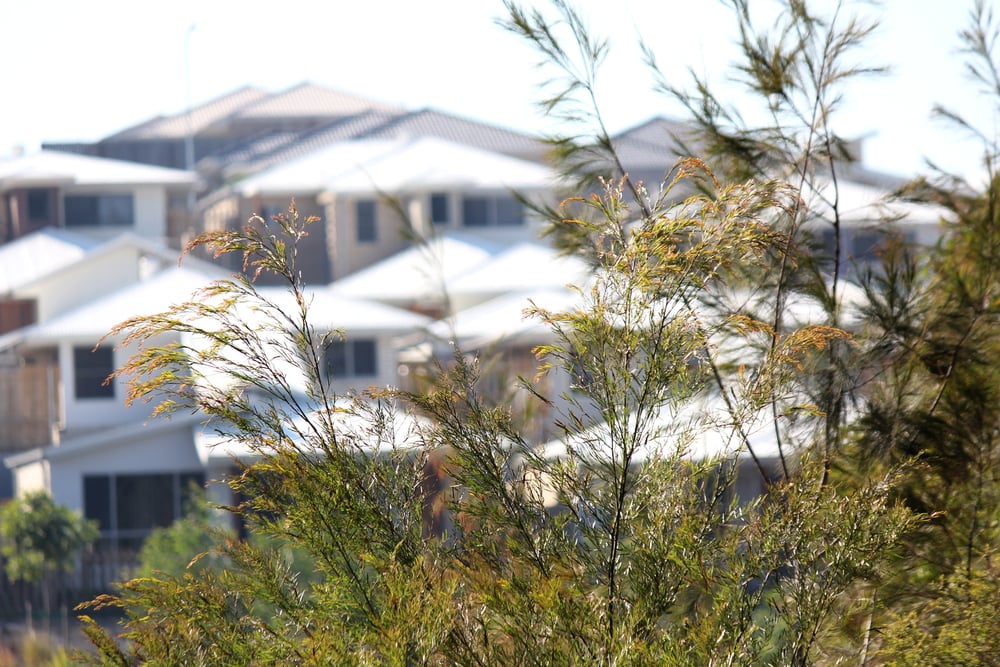

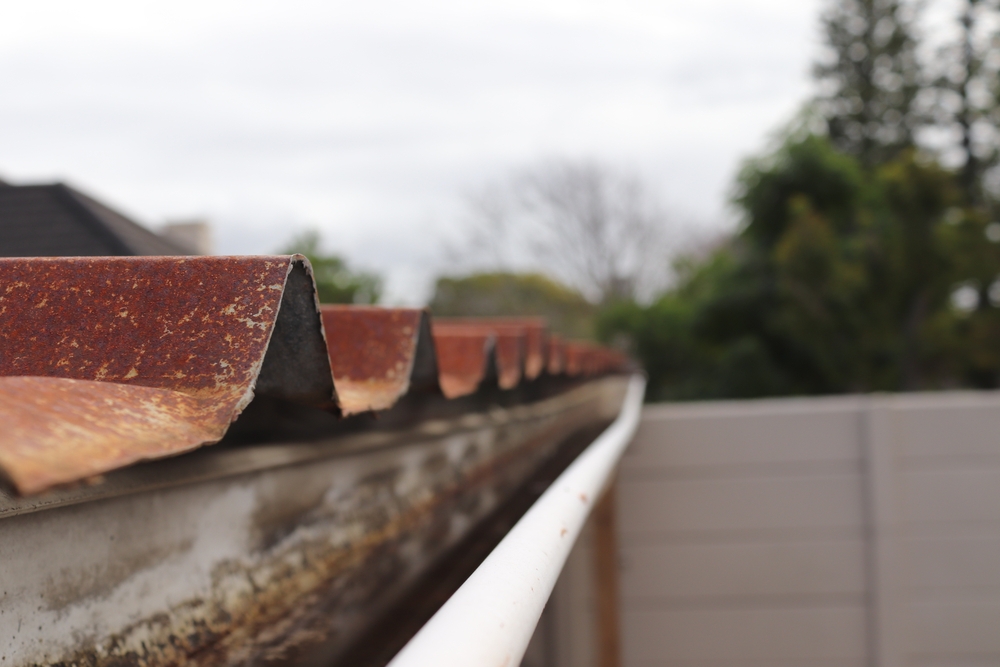
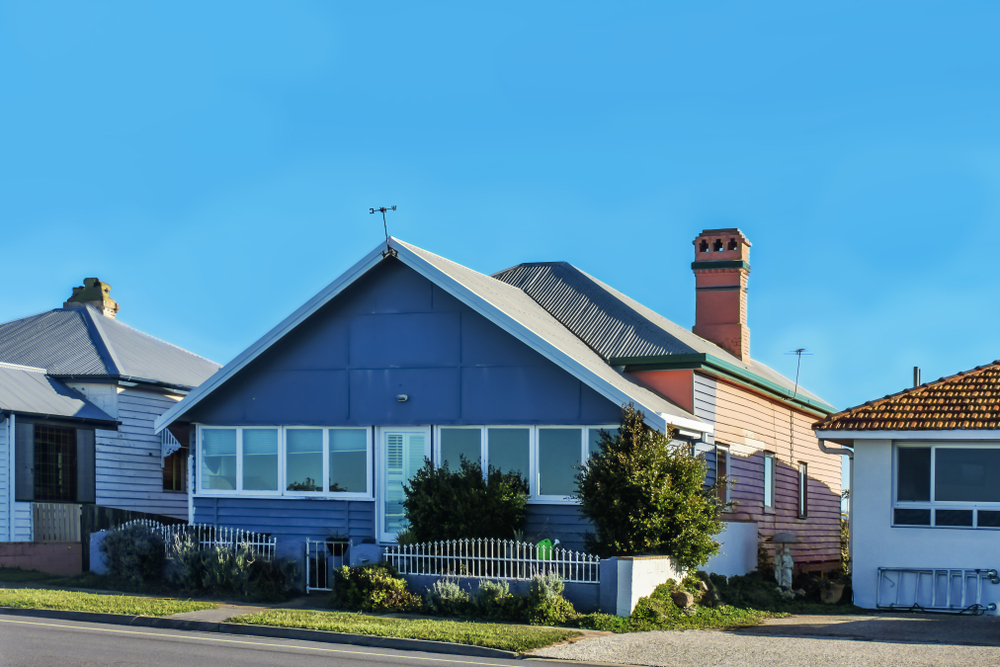
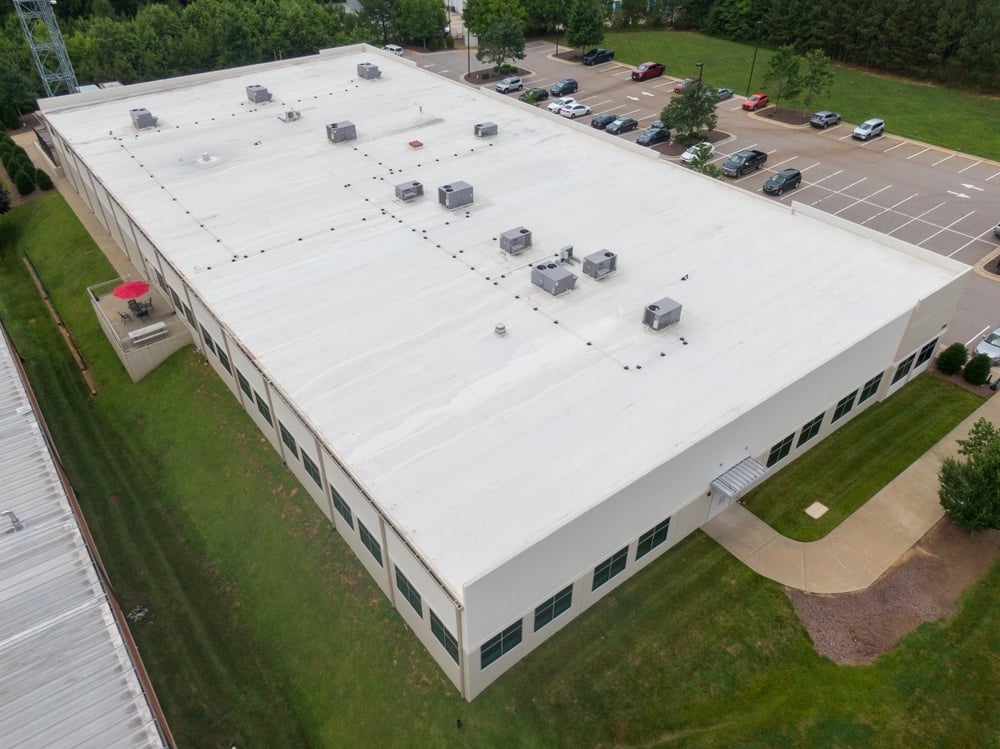
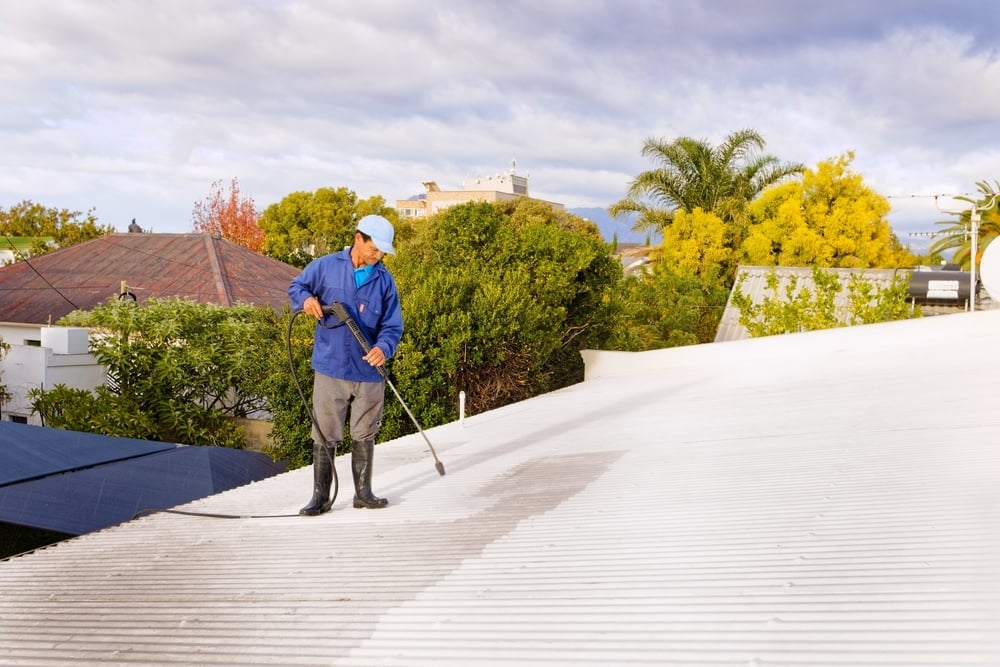
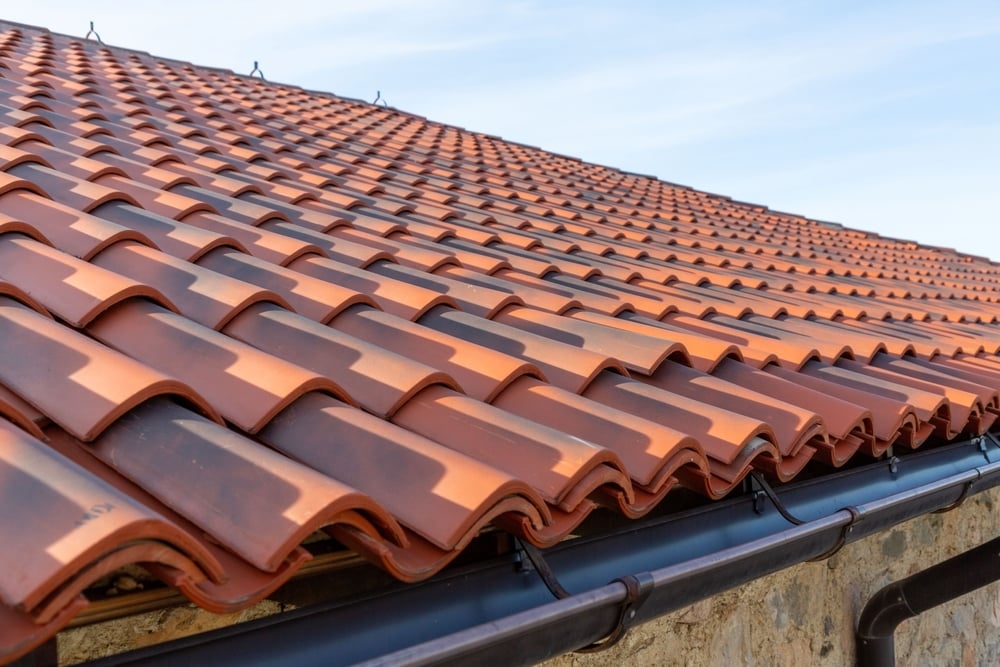
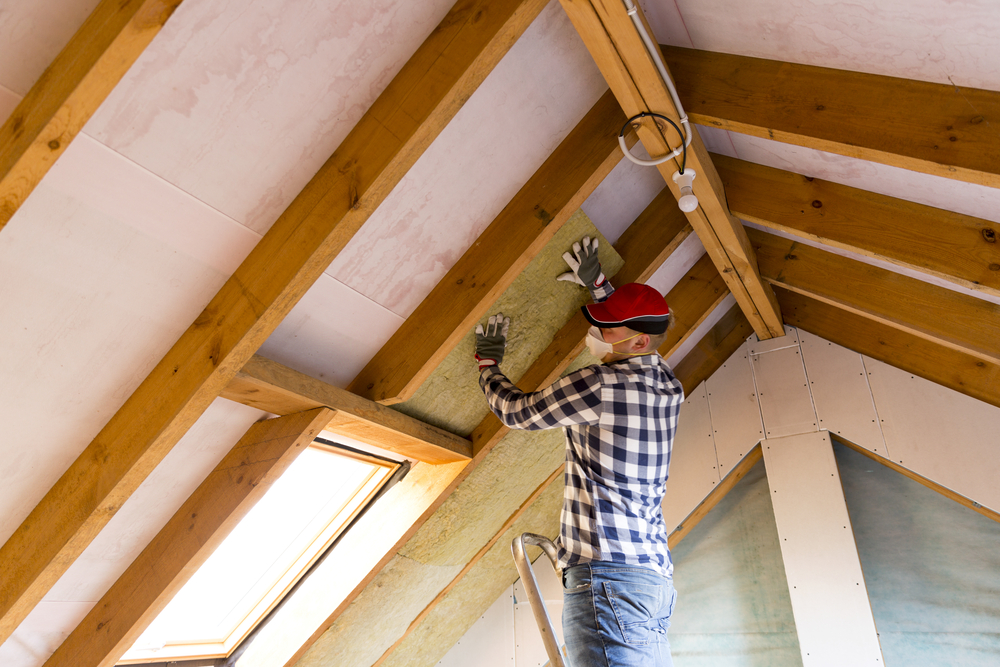
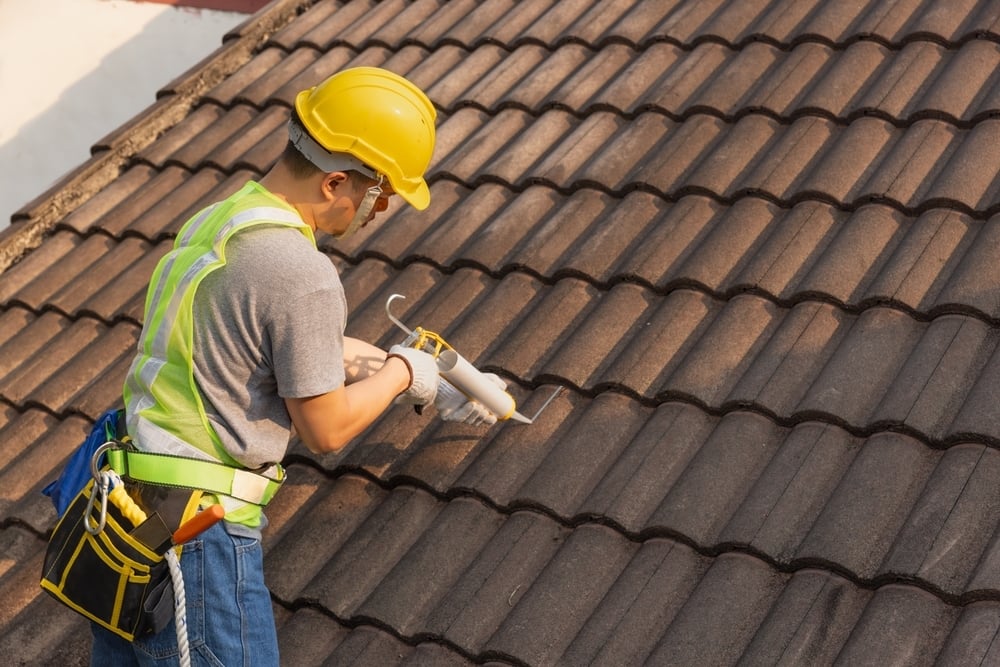
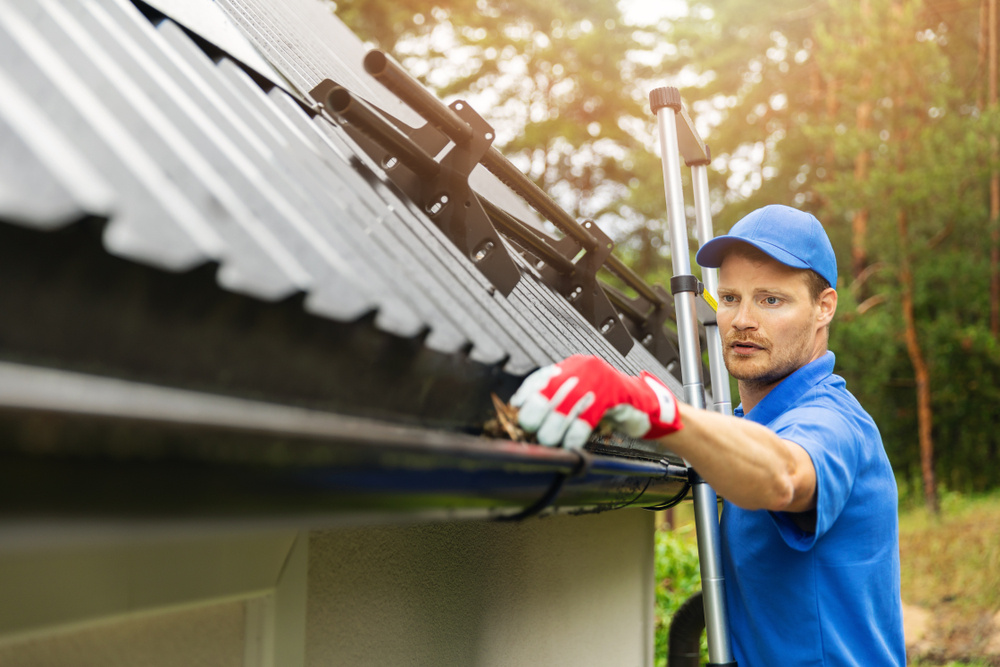

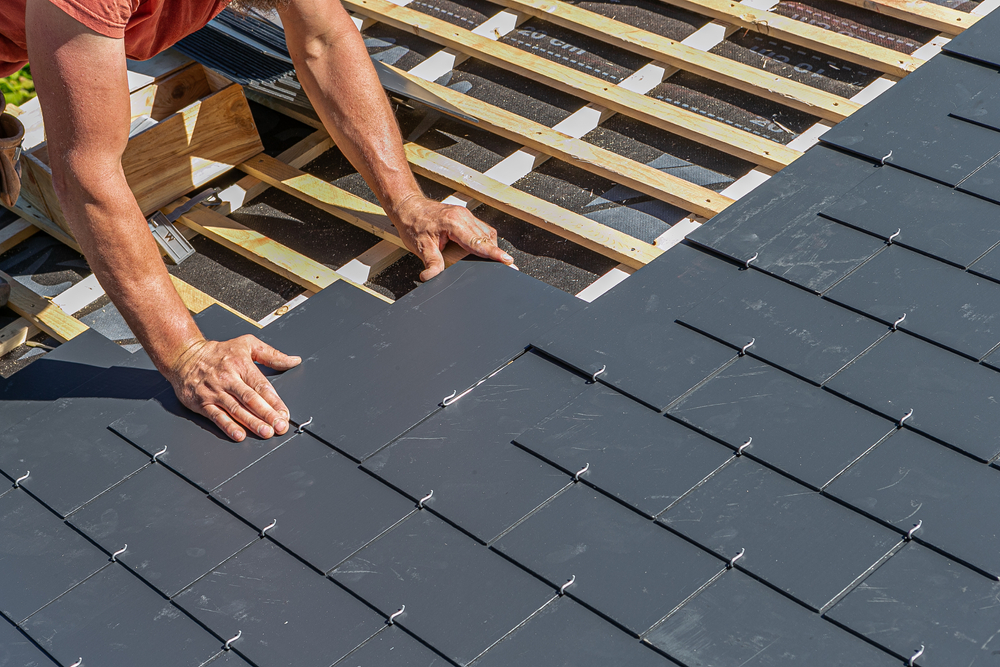
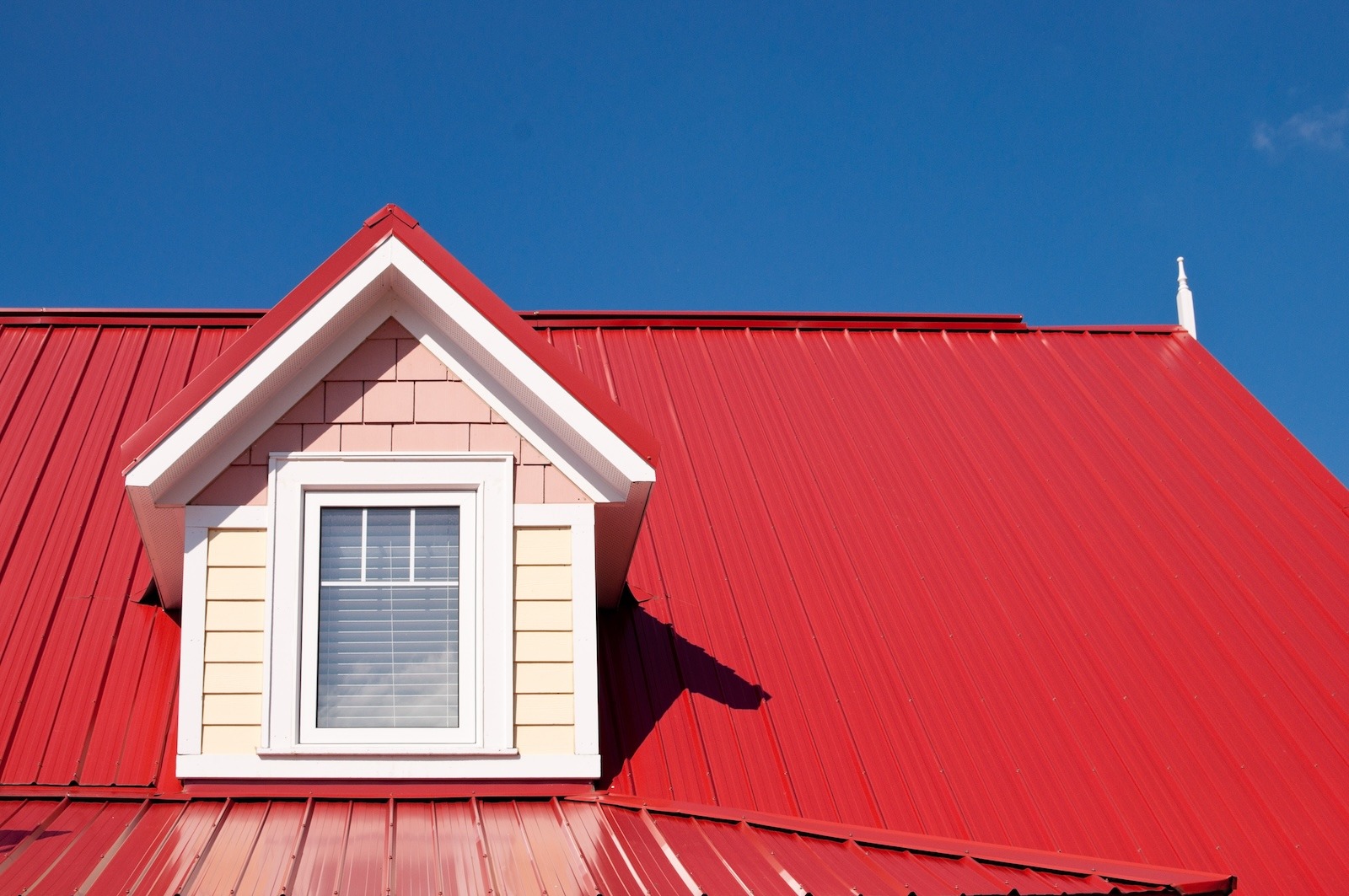
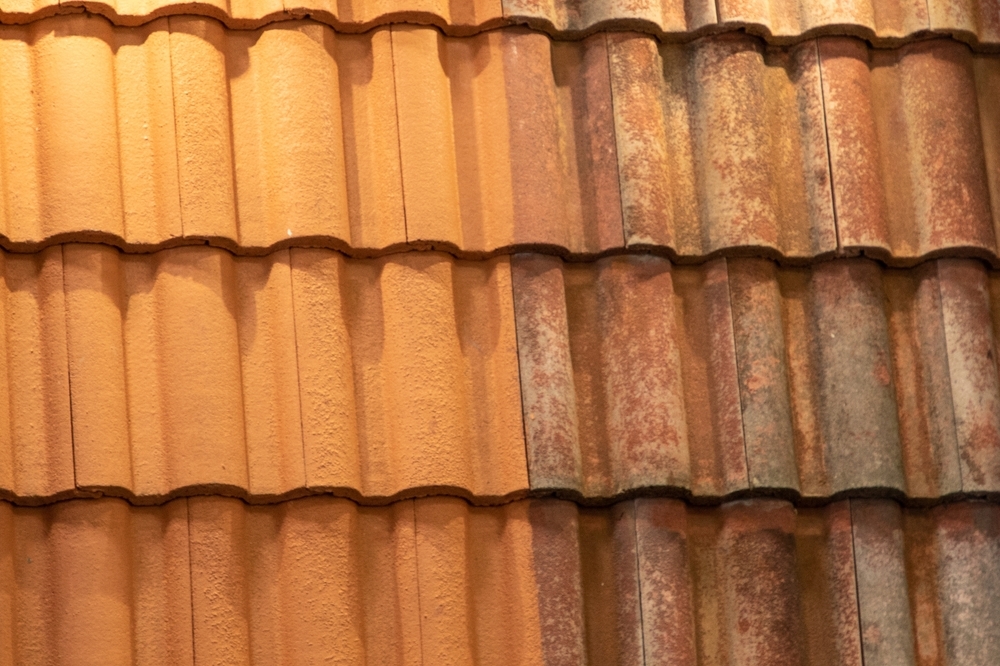
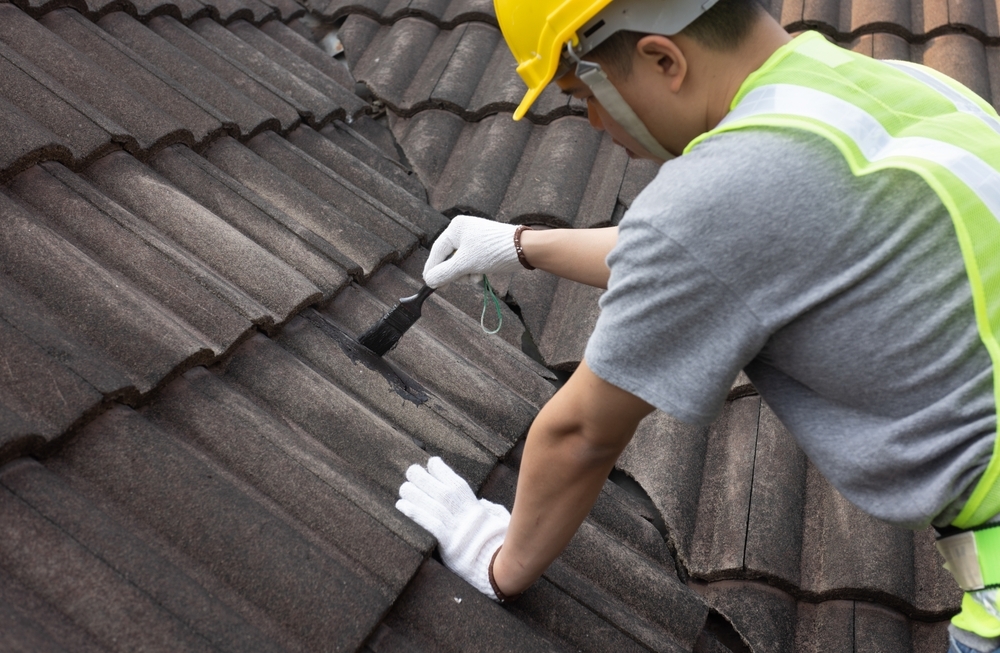
.jpg)
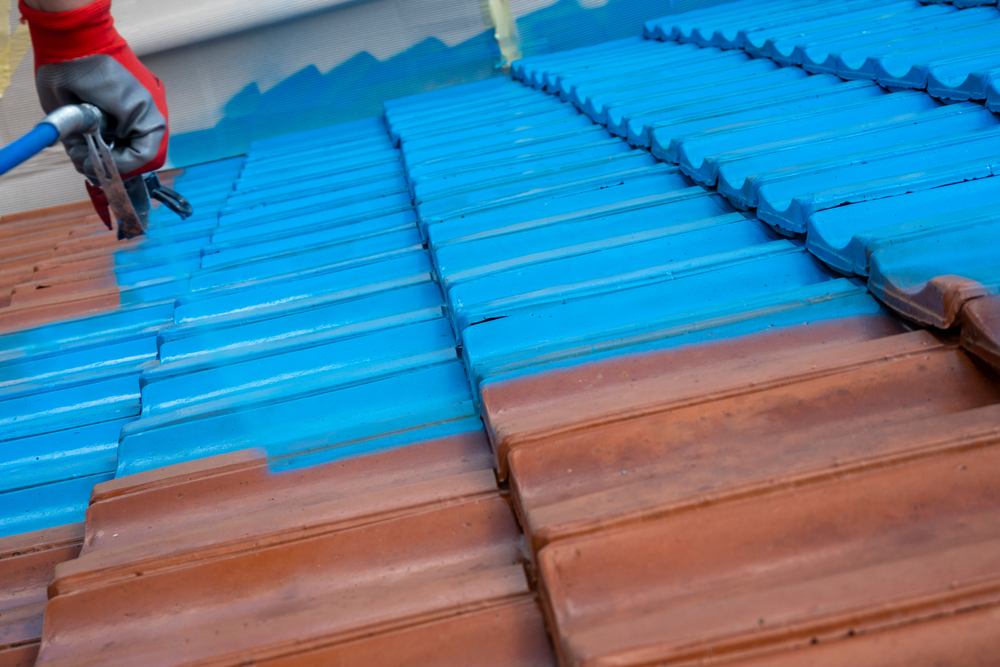
.jpg)
